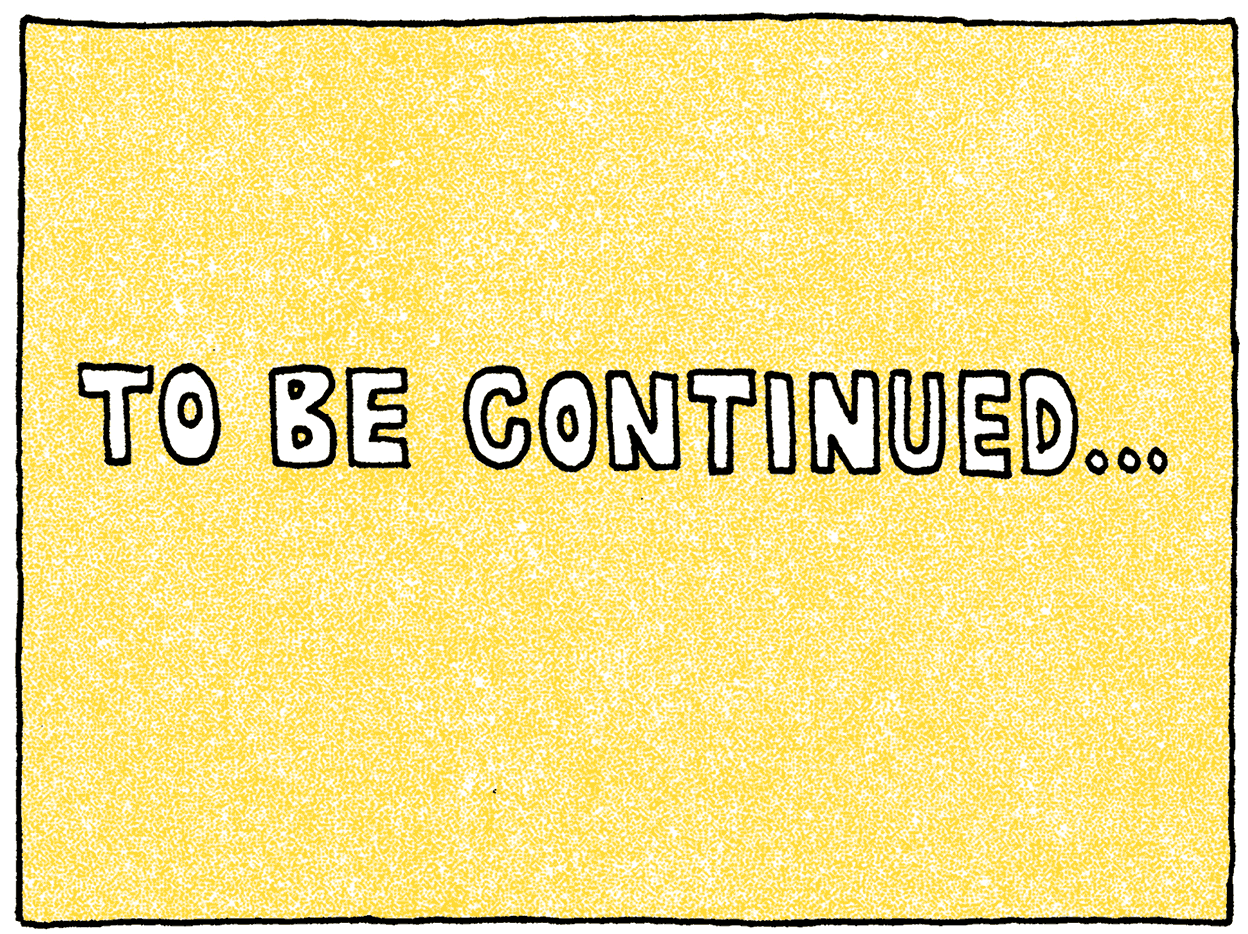
The story of Intercom (as we raise a $35M Series C)
Some 4-6 million years ago, the human and chimpanzee lineages began to split.
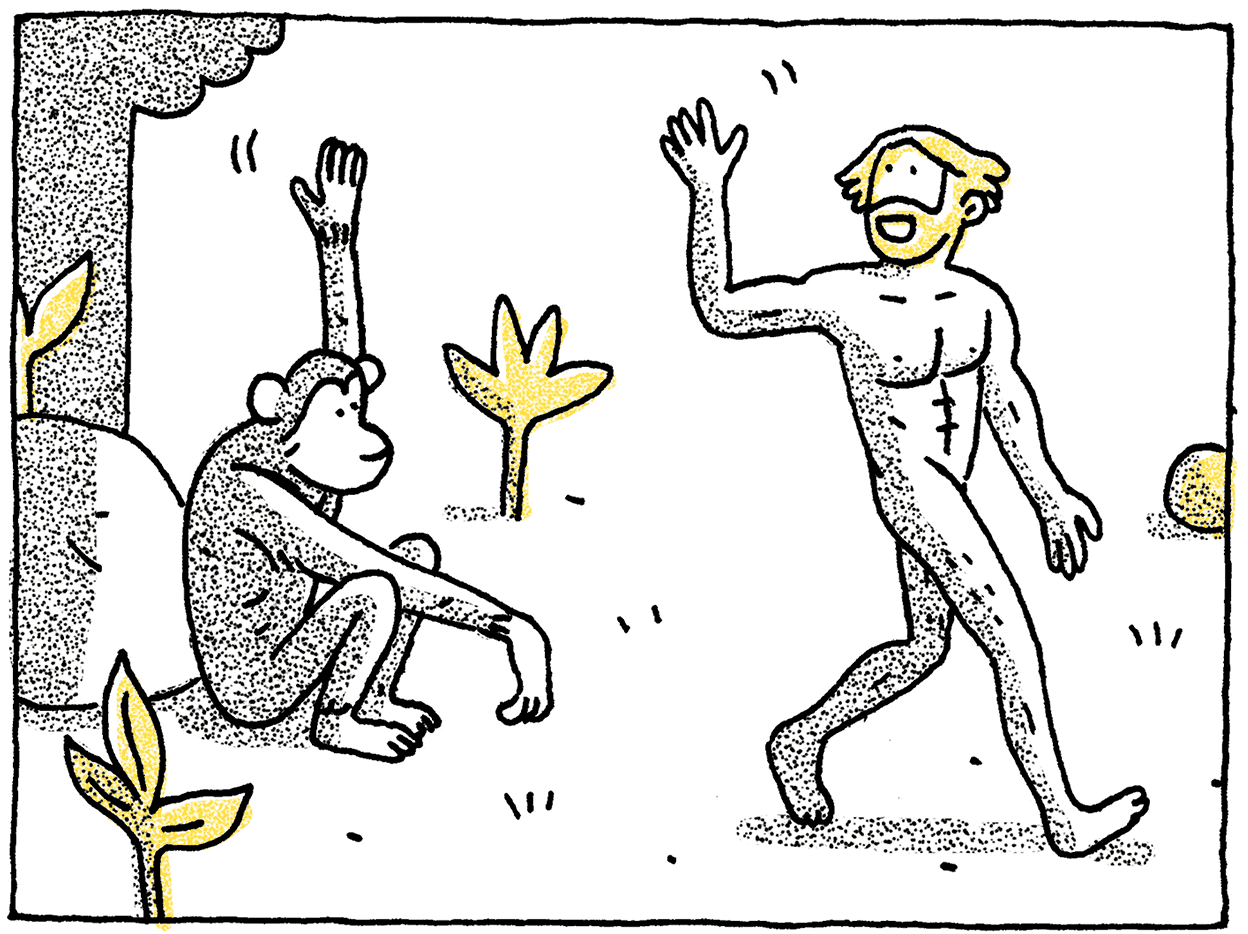
Between then and the early 90s, the chimpanzee race has apparently progressed very little.

However the human race, amongst other cool stuff, invented the selfie stick. They also figured out many powerful ways to communicate.

This wonderful ability to communicate allowed humans to create rich, personal relationships between each other.

These relationships could be built not only between family members and friends, but between everyone in society. Including people who did business together.

Everything was better when people had personal relationships with the people they did business with. There was trust, understanding, and respect.

Then, in 1993, Marc Andreessen made the Mosaic web browser. This would change the world in many ways. Here are two.

One: Anyone, anywhere, could provide products and services to anyone, anywhere.

Two: These people’s ability to communicate personally would regress about 4-6 million years.

Later, in 2011, four humans, who themselves were struggling to connect with the customers of their software business, decided to try fix this.

They set out on a mission to “make internet business personal”.

They looked at the ways in which internet businesses communicated with their customers. They had to use a mess of half a dozen disconnected, old school tools—the helpdesks, email marketing and marketing automation tools, live chat solutions, CRMs… Ugh.
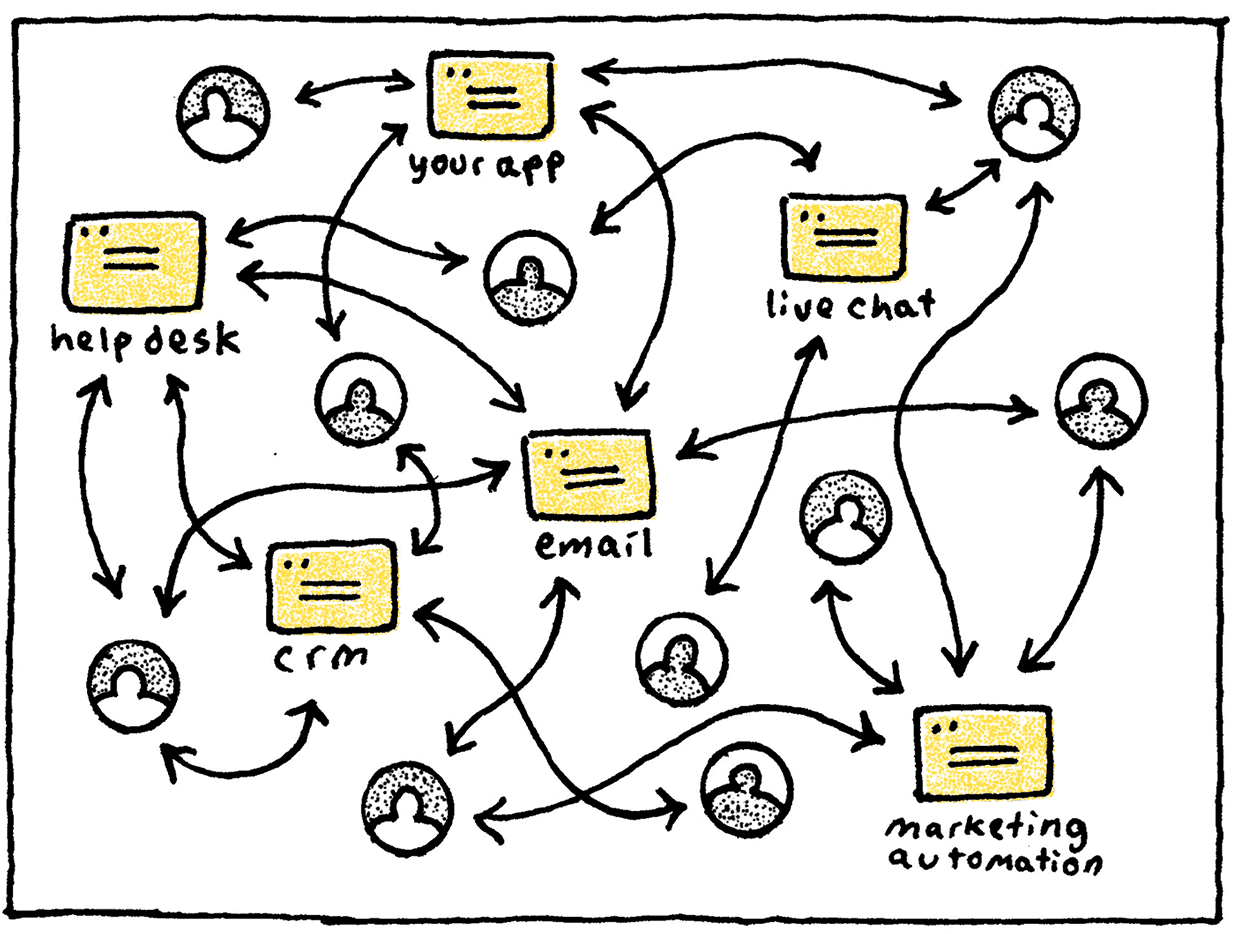
These tools were holding great businesses back. With every team in the one company talking to the one customer base in a different tool, with nobody on the same page. And with all these tools devoid of any information about the customers, such that the business didn’t even know who they were talking to. These tools did not help businesses provide a personal service…
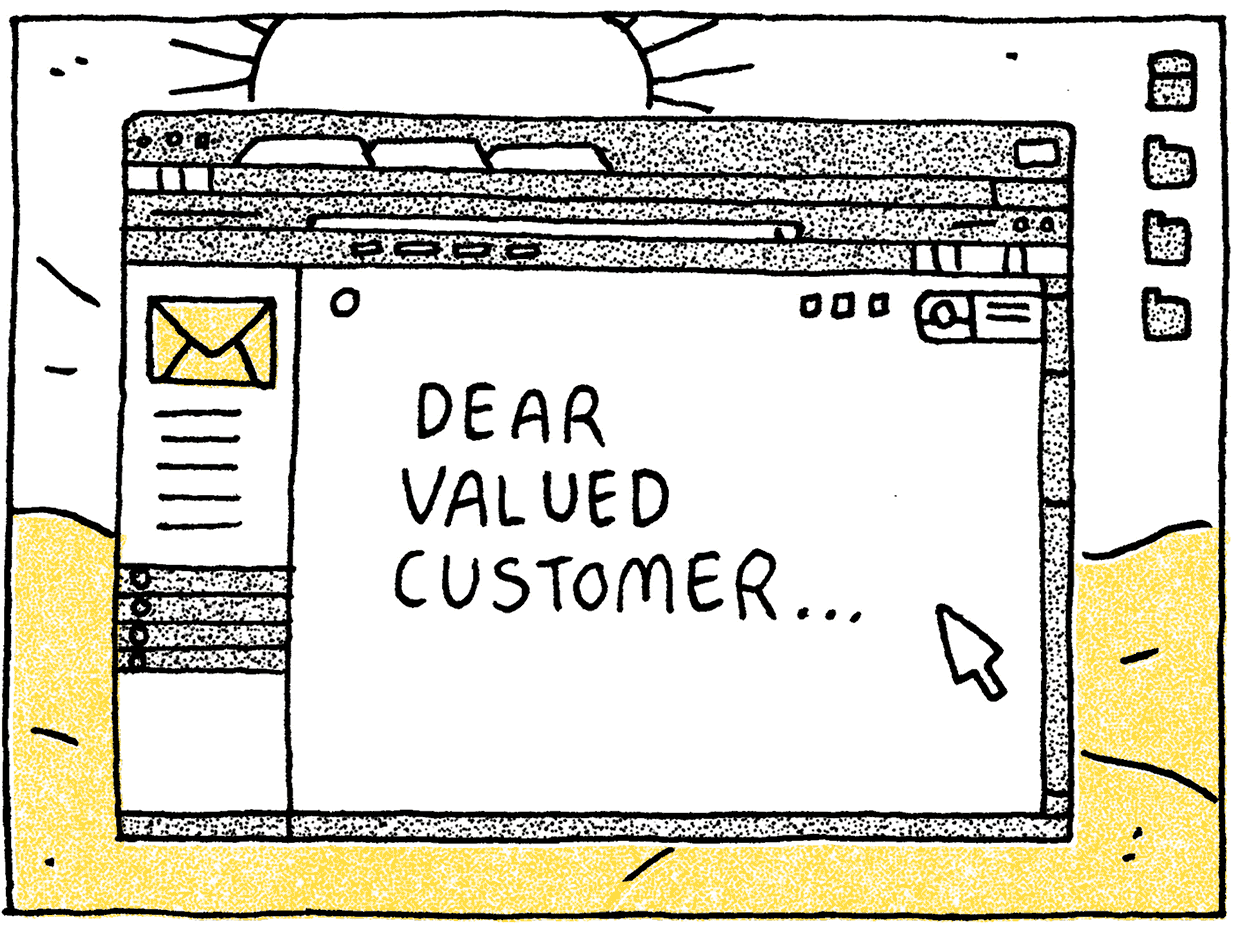
It was these tools that the four humans sought to make obsolete. And it was Intercom that they built as the alternative. One simple platform for every team in an internet business to communicate personally with their customers.
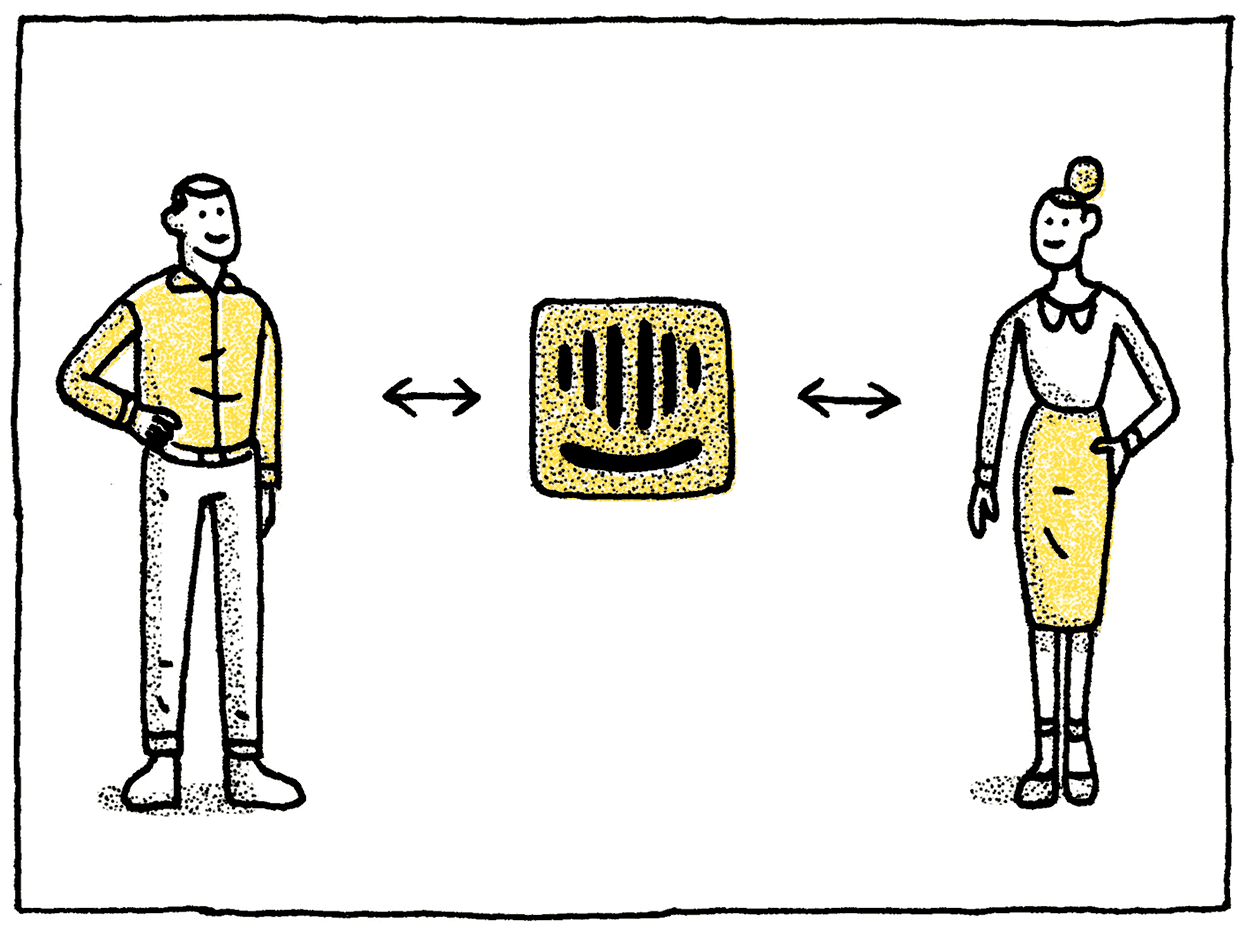
Depending on who you talked to, Intercom was dumb, or crazy, or dumb and crazy. While everyone else sought to make new and shiny versions of the old school point solutions—“I know, let’s build ANOTHER marketing automation product”—these humans made something fundamentally new. And fundamentally perplexing to most. At the start the investors turned them down. It took nearly 4 months to raise $500k.

But the humans persisted, as some dumb, or crazy, or dumb and crazy humans do. And it turned out that people loved this new platform thinger that they built. Lots of not dumb and not crazy and not dumb and crazy people started to use it. From companies like Shopify, Namely, New Relic, General Assembly, and Trunk Club. After four quick years they somehow had 7,000 of these paying customers.

Who used the Intercom platform to communicate 3 million times per day with 250 million of their customers!

Totally unbiased people like Intercom’s Series A investor couldn’t help saying things like: “What Intercom have built so far is truly outstanding. They’ve made incredible progress in the two years since we invested in them. I see pretty much all of the great SaaS companies around and they are one of the fastest growing of their generation.”

By the end of 2015, Intercom’s revenue will have expanded nearly 100x since that round.
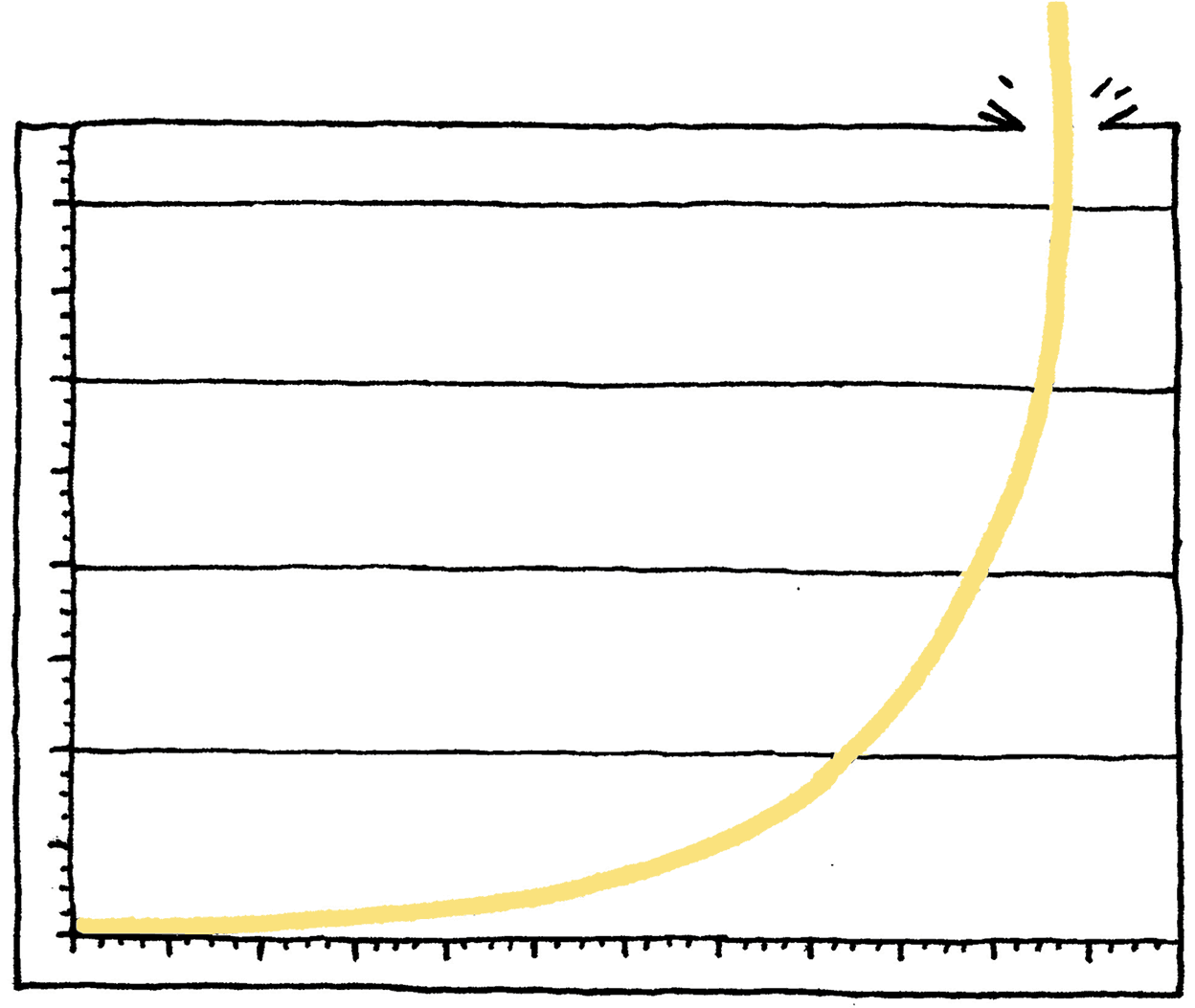
Other independent parties like Intercom’s Series B investor said things like: “Intercom are the definition of a product-first company. It’s rare to see a software company at any stage obsess about product as much as they do. They have literally one of the best product and engineering teams in the industry.”

The four humans and their Intercomrades in the first four years built four products for the platform to help businesses acquire, engage, support, and learn about their customers. And this sometimes-confusing platform strategy actually started to work! On average Intercom’s customers bought 2.5 of these products.
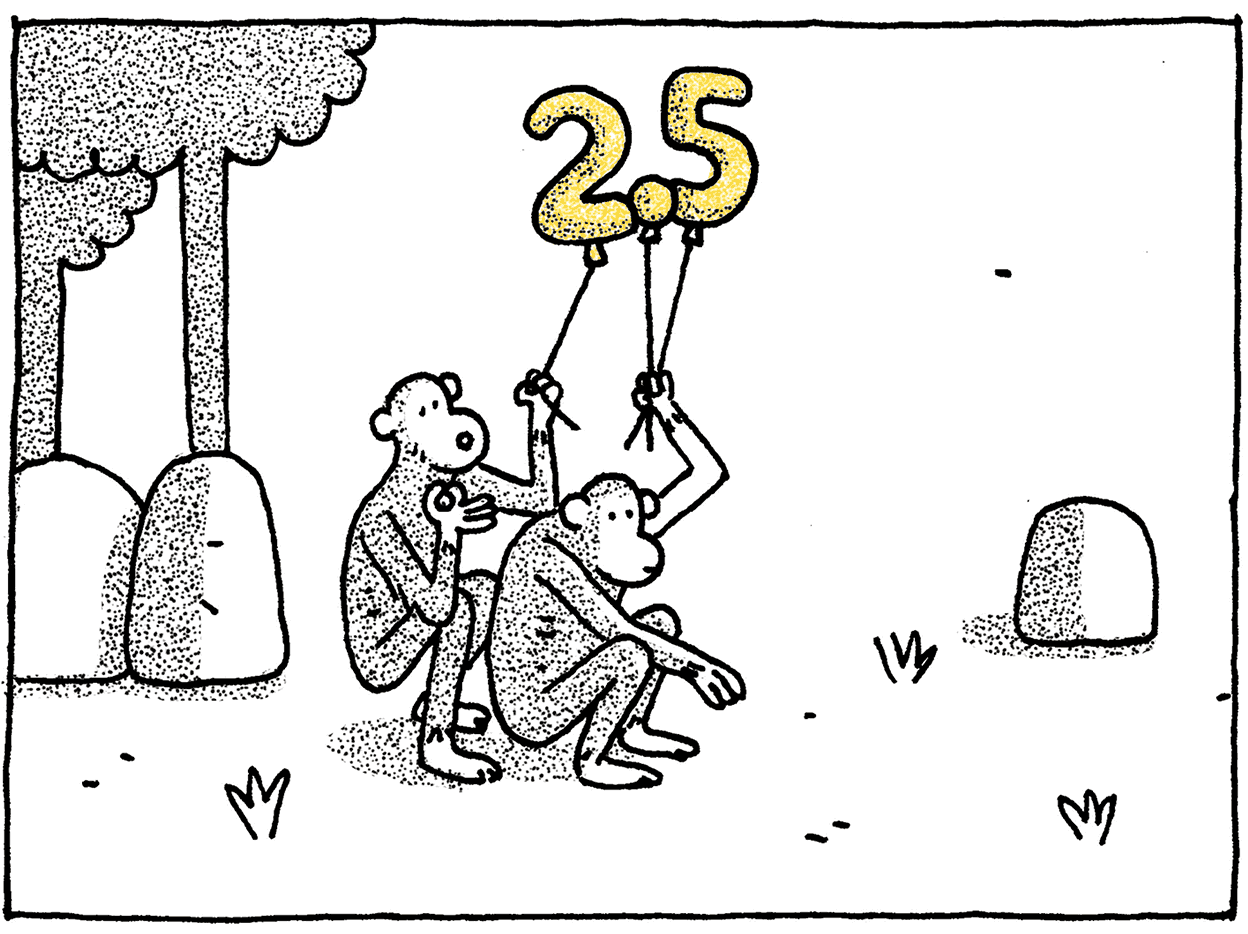
And so, boosted by the confidence of truly exponential growth, customers who didn’t hate the platform completely, and an addressable market orders of magnitude greater than their current customer base, the humans did two things.

One: They said things like “we’re just getting started”, and realized they actually meant it…

Two: They raised a $35M Series C from ICONIQ Capital to literally double down on everything, including and especially their platform. As they grow from 140 to 280 people in the next 12 months a whole 50% of the company will remain in their product and engineering teams.
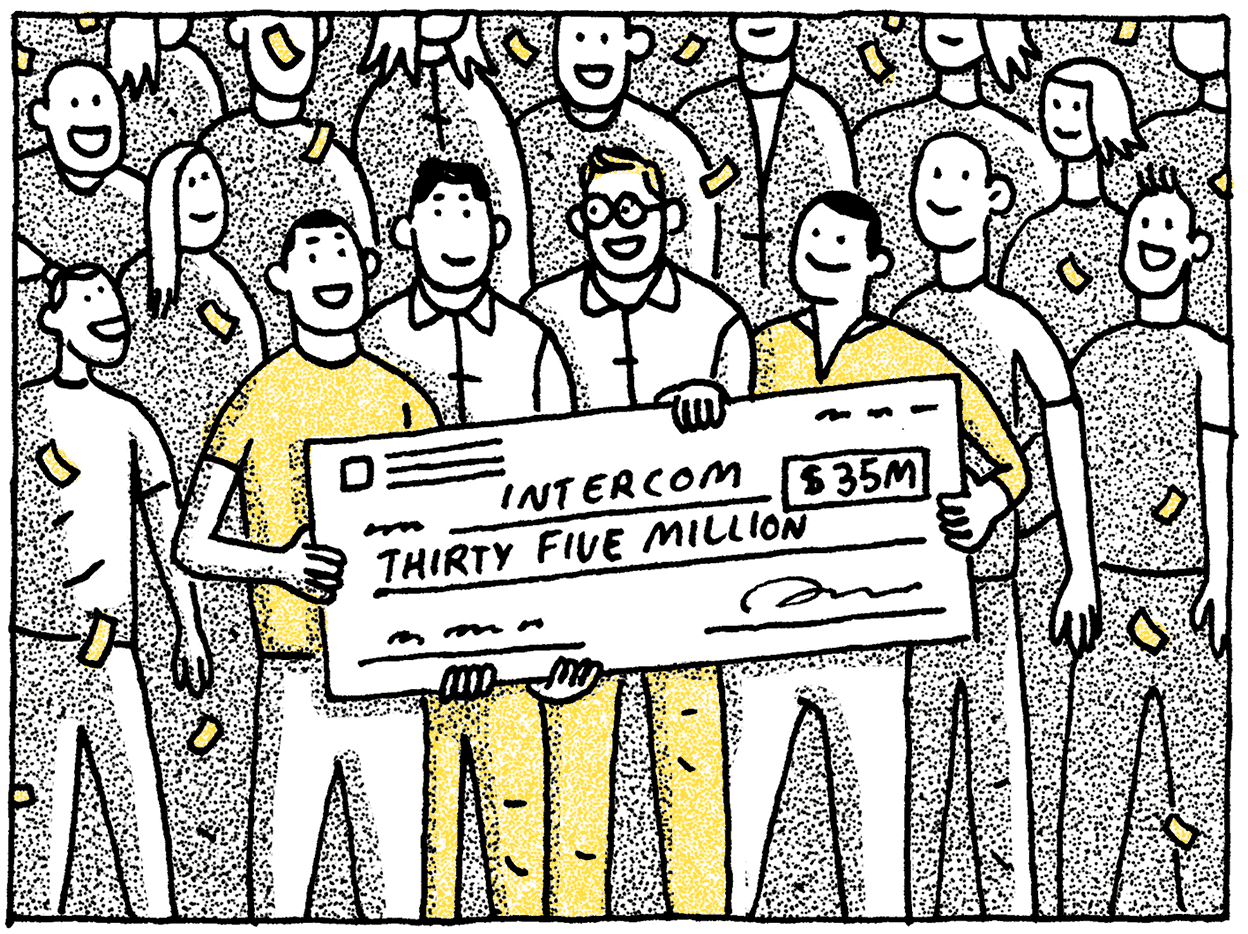
And they raised that round almost exactly four years to the day the company was started, excited about their mission and the next four years, and just as they got extremely tired of writing in the third person and trying desperately to make a fundraising announcement not entirely boring for once.
